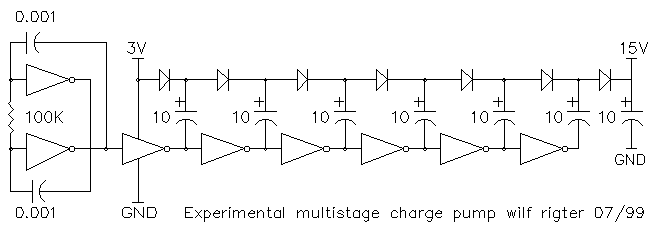Electret construction structuring
? Why not use 3 or 4 little acrilic pillars, they should melt at higher temp.
Or (Unless it would cause cracking) a cut off an thin acrilic tube of the diamiter you want. would hold the plates up and contain the liquid if sealed with High temp silicone.
Just a thought
FrznWtr
? Why not use 3 or 4 little acrilic pillars, they should melt at higher temp.
Or (Unless it would cause cracking) a cut off an thin acrilic tube of the diamiter you want. would hold the plates up and contain the liquid if sealed with High temp silicone.
Just a thought
FrznWtr
Originally posted by Inquorate
View Post


 , that is a good sign, but also dangerous. Be very carefull with the gasses inside the CFL. The standard procedure is to leave the room for 15 minutes while let the air circulated. The debris should never be touched by hand. Mercury is very bad for health. Odorless, can flow inside the body from skin surface, can make you loose control of your nerve and become crimpled.
, that is a good sign, but also dangerous. Be very carefull with the gasses inside the CFL. The standard procedure is to leave the room for 15 minutes while let the air circulated. The debris should never be touched by hand. Mercury is very bad for health. Odorless, can flow inside the body from skin surface, can make you loose control of your nerve and become crimpled.

Comment